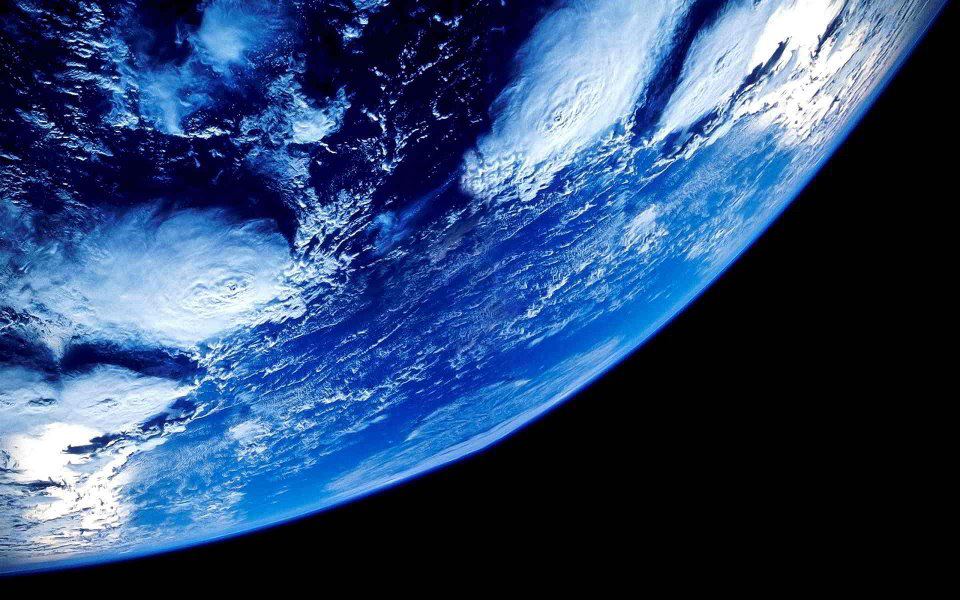What on Earth? Inspire article
Earth science is all around us.
Did you know that Science in School doesn’t just cover biology, physics and chemistry? We also publish articles about other scientific subjects, including earth science, health and engineering. This is Earth Science Week, so why not celebrate by using some Science in School articles in your geoscience lessons?

Earth science encompasses all areas of science related to planet Earth, and addresses fascinating questions such as ‘how did our planet form?’, ‘what killed the woolly mammoth?’ and ‘how has climate changed over geological time periods?’ Why not delve into the geology of our planet by creating a stratified chocolate cake with your students, or by linking earth science and physics to work out the weight of a dinosaur?
Earth scientists also investigate more pressing issues, such as climate change and natural hazards like earthquakes. There are lots of exciting opportunities to explore these topics in the classroom, including using geographic information systems (GIS), building a seismograph from scrap, or measuring the explosiveness of a volcanic eruption.





